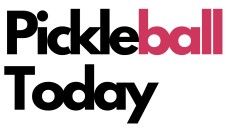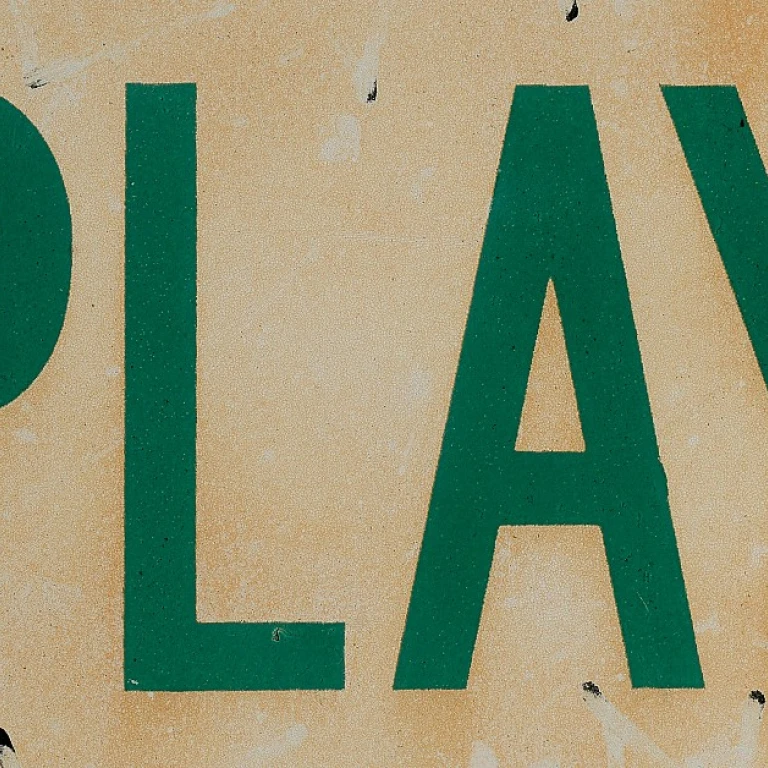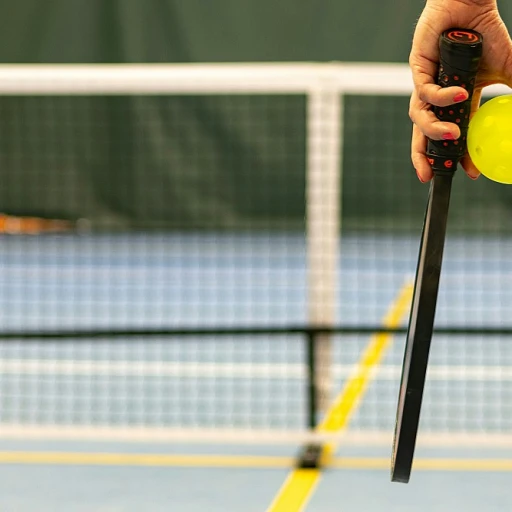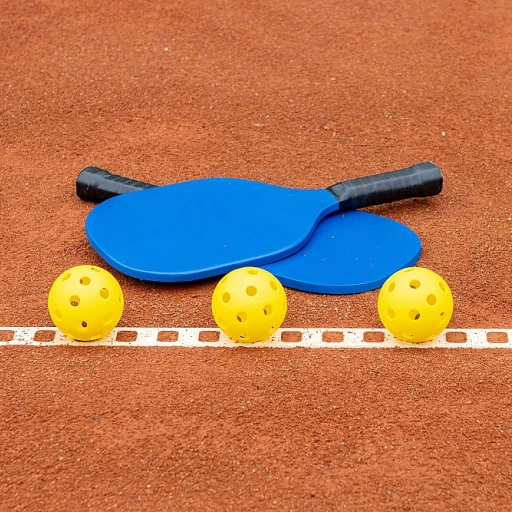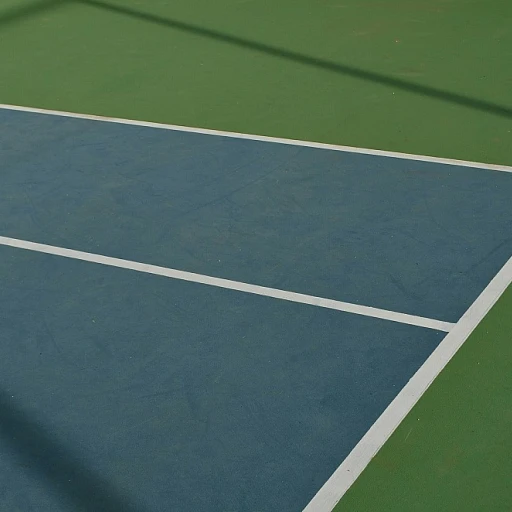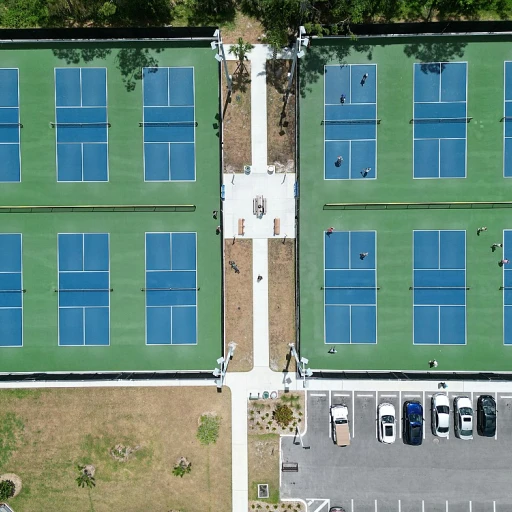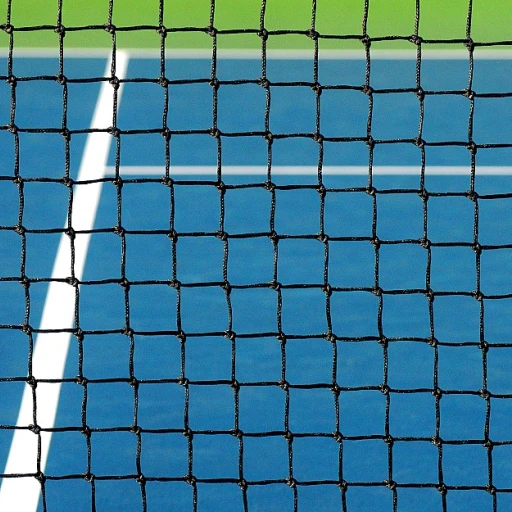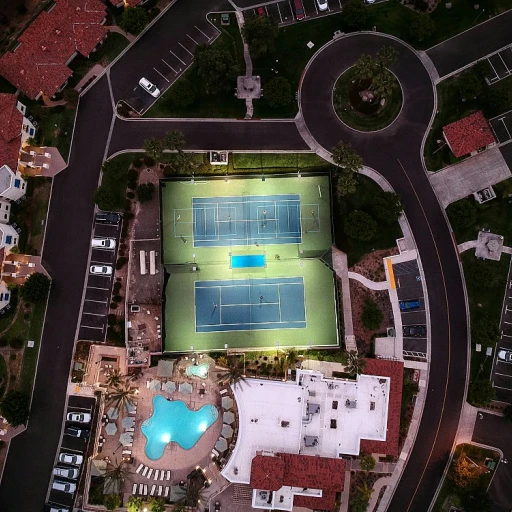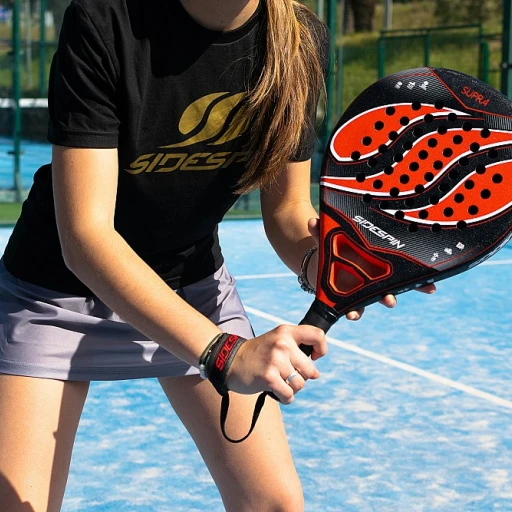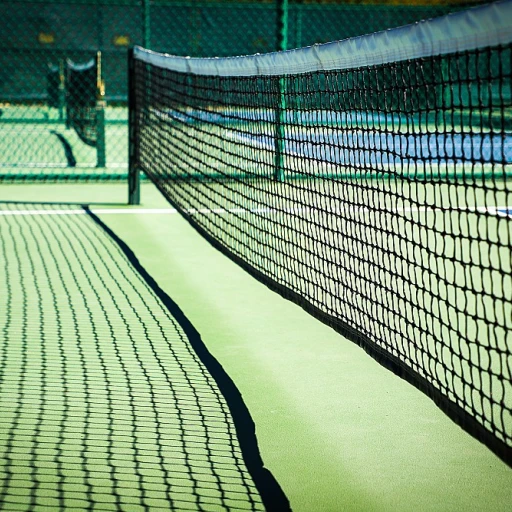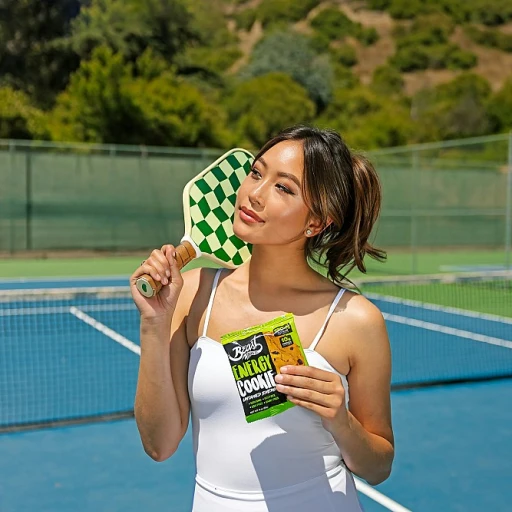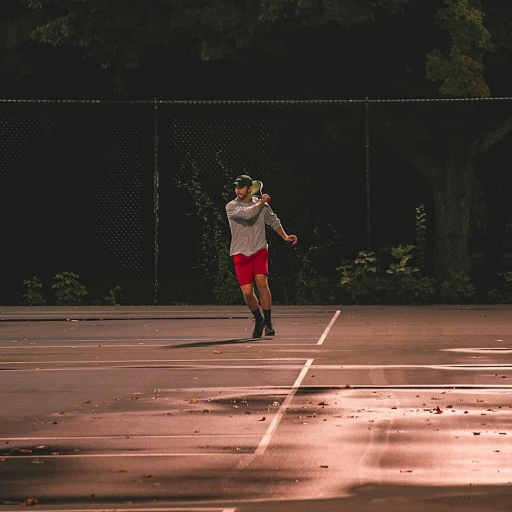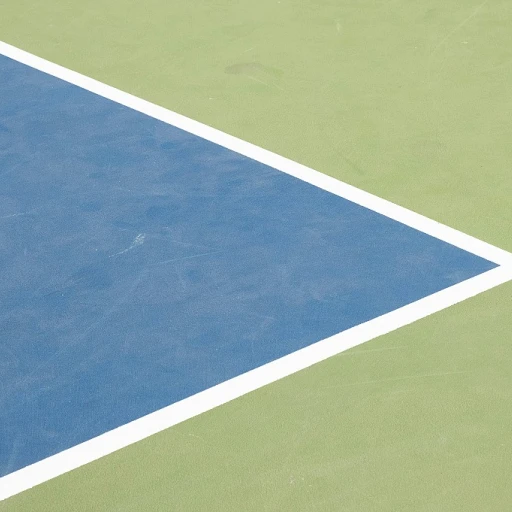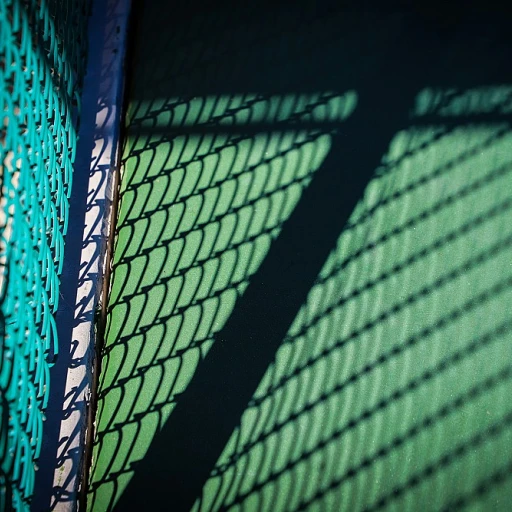
The Basics of Pickleball Vocabulary
Getting to Know the Pickleball Lingo
Pickleball is a dynamic sport growing in popularity, but understanding its unique terminology can sometimes pose a challenge for beginners. Familiarity with these terms is crucial, not just for playing, but also for effective communication on the pickleball court.
Let's start with the essentials. The pickleball paddle is the tool players use to hit the ball, and it can vary in size, weight, and material. When a player serves the ball, they must aim it diagonally across the net into the opponent's service court. The serving team earns points and switches serving sides on their turns.
Another key area on the court is the kitchen. Understanding its significance could dramatically affect your game, as it poses specific limitations regarding volleys. You can delve deeper into understanding skill levels with the pickleball skill levels chart.
Teams consist either of singles or doubles. In singles, you have only one opponent to focus on as they try to outsmart you with various shots. Whereas, in doubles, teamwork is crucial, especially when communicating about strategies or who will handle a particular shot.
Familiarity with these basic terms is a stepping stone for mastering the sport's strategies and techniques.
Scoring and Gameplay Terminology
Points and Plays: Essential Terminology
Understanding the terminology of pickleball scoring and gameplay is crucial for any player aiming to improve their game. Scoring in pickleball is different from other familiar sports, and being well-versed in the language can enhance both your strategy and experience on the court.
Pickleball Scoring System
The game is commonly played to 11 points, and a team must win by at least 2 points. When announcing the score, the serving team states their score first, followed by the receiving team’s score and the server number. This format might sound like: "4-2-1," indicating the serving team leads with four points, the receiving team has two, and it's the first server serving.
Game Set-Up
In doubles play, players on each side take turns serving and receiving. Only the serving team can score points, with the server alternating sides of the service court after each point scored. A game is often started with two serve faults commonly known as "side outs," switching the serve to the opponent.
Key Terms in Scoring
- Side Out: When the serving team loses the serve, and the receiving team gets the opportunity to serve.
- Dead Ball: A rally is complete, and no point is scored.
- Rally: The period of play between the serve and when the ball is dead.
- Fault: An infringement of the rules, such as hitting the ball out of bounds or a ball bounce in the kitchen after a volley.
Strategies Behind the Terms
The scoring terms often influence gameplay strategies as well. For instance, the concept of the third shot and drop shot are crucial in advanced levels. This involves a particular shot hit after the serve and return, designed to land in the opponent's volley zone and reduce their ability to play offensive shots. The accuracy of a shot in this zone just beyond the net determines whether defensive strategies need to be employed.
By grasping these fundamental terms, players can be more mindful of when to execute specific plays and adapt effectively to their opponent’s game style. With the language of pickleball in your arsenal, engaging gameplay awaits.
Common Pickleball Strategies and Techniques
Mastering Gameplay with Strategic Moves
In pickleball, strategy goes hand-in-hand with practice and skill. To be an effective player on the court, understanding certain strategic moves is vital. Let's explore some of the commonly used strategies and techniques in pickleball. Third Shot Drop: The third shot drop is a favorite for many players. It's used by the serving team as a crucial third shot after the ball is served and returned by the opponent. The idea is to hit a gentle ball towards the "kitchen" or the non-volley zone, ensuring it bounces before the opponent can volley it back. Dinking: Dinking involves softly hitting the ball over the net and into the opponent's kitchen. It’s a more controlled play that forces the opposing player to stay close to the net, creating opportunities for more advantageous shots. Drive Shot: This is a fast and low shot that goes straight into the opponent's side court. It's useful for putting pressure on the receiving team and can be played directly after a serve or a shot hit powerfully across the net. Volley Zone Strategies: Playing in the non-volley zone, or kitchen, requires players to hit balls before they bounce. However, precise control is needed as players cannot step into this area to hit the ball unless it bounces first. Using this zone effectively can turn a defensive play into an offensive attack. Crosscourt Shots: A crosscourt shot hit diagonally joins the strategy toolbox to widen the angle of play and displace opponents. This can keep a player or team on their toes and offers a pathway to control the rally. Strategic gameplay is not just about what each player can do individually but involves coordination and teamwork, especially in doubles play. Keep refining your skills and improve your gameplay by understanding the differences between pickleball and tennis courts that can impact your playing strategy. Integrating these strategies on the pickleball court can make a significant difference in your matches and lead you towards more victorious games.Understanding Pickleball Rules and Regulations
Deciphering Pickleball Court Protocols
Understanding and following the rules and regulations of pickleball is essential for every player, whether you are a newcomer or a seasoned competitor. The regulations maintain the flow of play and ensure fair competition.
When a game is about to begin, it's initiated by the serving team with a serve. The serve must come from behind the service court, and the pickleball player must aim to hit the ball underhand, making sure it lands in the opponent's court. The ball should clear the net and must not land in the kitchen zone, also known as the non-volley zone.
A distinctive feature of pickleball is the two-bounce rule. After the first serve, the ball must bounce once on each side before players begin volleys over the net. Mastery of this rule helps in executing strategies like the third shot drop, a critical play technique for advancing a rally.
Players must also understand what's deemed a dead ball, which occurs when a fault like a double hit or an out-of-bounds shot happens. Only then does play stop. These forms of faults can vary, but interpreting them correctly will prevent confusion during matches.
In doubles play, the serving order and rotation policy are vital as they guide team positioning on the pickleball court. The serving side initially has the serve, and teams must rotate after losing a point, which affects strategy and positioning.
Whether you're practicing at a recreational level or striving for competition, keeping these rules and terms in mind will ensure a smooth and enjoyable experience on the court.
